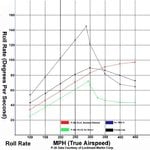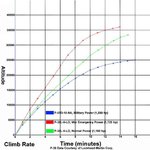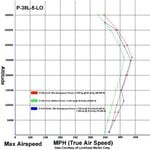P-39 Expert
Non-Expert
Two things about the Lightning:
They were expensive, about 2.4X what a Hellcat or early Mustang cost. For the 9500 P-38s produced, you could have had 22,800 single engine fighters. Expensive to maintain also. That is the main reason they were phased out of the 8th AF in favor of the Mustang.
They were complicated. A true state of the art airplane for it's time with twin turbochargers but it didn't get into combat until late '42 because of the complexity of the turbo. Complicated to maintain, and really complicated to fly. Too much for a 200HR army pilot. It was said that it took a pilot twice as long to become proficient in a P-38.
And the initial combat models, the F and G were no better performance wise than their Luftwaffe opponents and had many disadvantages including dive restrictions and less maneuverability. If you agree that the Luftwaffe was beaten by mid '44 then the best models (L) hadn't even started production. Granted an L with an experienced pilot might be the best combo, it was just too late. Just my opinion.
They were expensive, about 2.4X what a Hellcat or early Mustang cost. For the 9500 P-38s produced, you could have had 22,800 single engine fighters. Expensive to maintain also. That is the main reason they were phased out of the 8th AF in favor of the Mustang.
They were complicated. A true state of the art airplane for it's time with twin turbochargers but it didn't get into combat until late '42 because of the complexity of the turbo. Complicated to maintain, and really complicated to fly. Too much for a 200HR army pilot. It was said that it took a pilot twice as long to become proficient in a P-38.
And the initial combat models, the F and G were no better performance wise than their Luftwaffe opponents and had many disadvantages including dive restrictions and less maneuverability. If you agree that the Luftwaffe was beaten by mid '44 then the best models (L) hadn't even started production. Granted an L with an experienced pilot might be the best combo, it was just too late. Just my opinion.



